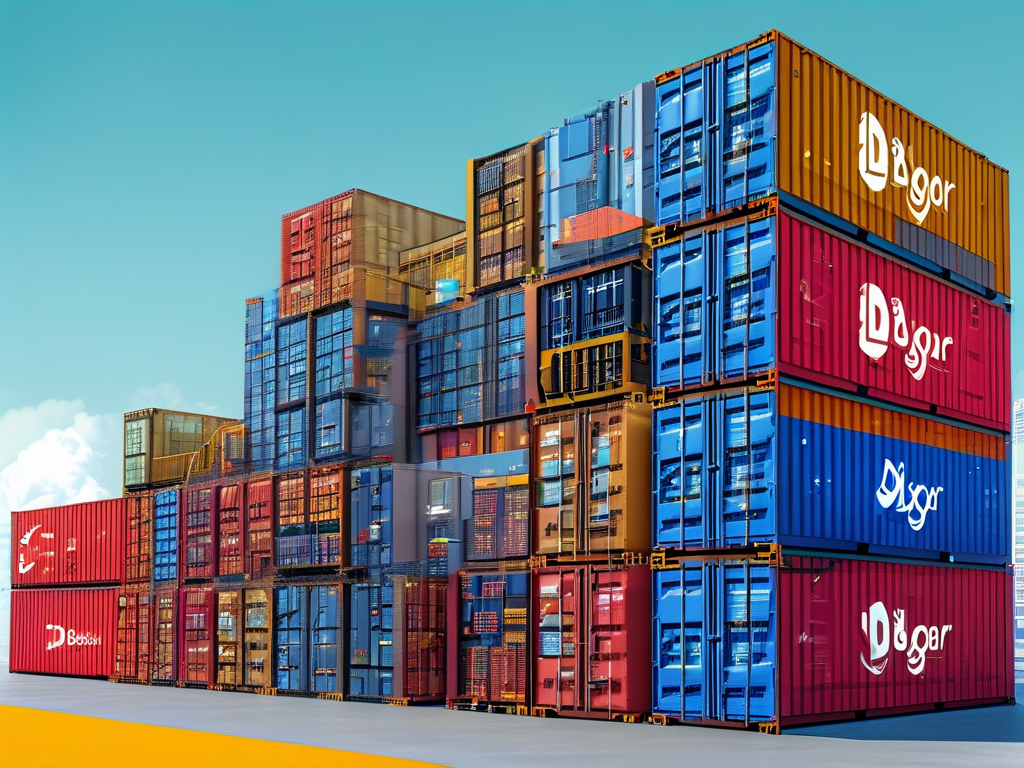In today's fast-paced logistics landscape, warehouse management systems (WMS) require agile implementation approaches to maintain competitive advantage. This article explores innovative methods for automating WMS deployment while addressing common operational challenges.

The Evolution of WMS Deployment
Traditional WMS implementations often involved months of manual configuration, data migration, and staff training. Modern enterprises now leverage containerization technologies like Docker to create portable WMS environments. For instance:

# Sample Docker compose for WMS microservices
version: '3'
services:
inventory-service:
image: custom-wms/inventory:2.4
ports:
- "8080:8080"
order-processor:
image: custom-wms/orders:1.7
environment:
- DB_HOST=wms-db
This shift enables rapid deployment across hybrid cloud infrastructures while maintaining version consistency.
Key Components of Automated WMS Workflows
- Infrastructure as Code (IaC) templates streamline environment provisioning
- CI/CD pipelines enforce quality checks for configuration updates
- Automated regression testing validates business rules pre-deployment
A major automotive parts distributor reduced deployment errors by 68% after implementing Ansible playbooks for their WMS cluster configurations. Their deployment pipeline now integrates:
- Terraform scripts for cloud resource allocation
- Jenkins jobs for dependency resolution
- Custom Python validators for inventory rule checks
Addressing Data Migration Complexities
Automated schema transformation tools have become critical for legacy system modernization. A recommended approach combines:
- Schema comparison utilities (e.g., Redgate SQL Compare)
- Data anonymization scripts for GDPR compliance
- Incremental load mechanisms using Kafka streams
Monitoring and Optimization
Post-deployment monitoring requires tailored solutions. Prometheus/Grafana dashboards tracking "order processing latency" and "inventory sync frequency" help identify bottlenecks. One third-party logistics provider achieved 92% faster issue resolution by implementing:
# Sample alert rule for stock discrepancies
ALERT HighInventoryVariance IF rate(wms_stock_mismatches[5m]) > 0.1
FOR 10m
LABELS { severity: "critical" }
ANNOTATIONS {
summary = "Inventory variance detected in {{ $labels.location }}",
}
Security Considerations
Automated deployments must incorporate security scanning at multiple stages:
- Static analysis of configuration templates
- Runtime vulnerability detection in containerized services
- Automated certificate rotation through HashiCorp Vault integrations
Future Trends
Emerging techniques combine machine learning with deployment automation. Predictive scaling algorithms now analyze historical order patterns to pre-provision WMS resources, while natural language processing enables voice-activated deployment rollbacks in emergency scenarios.
The integration of automated WMS deployment with IoT edge devices presents new opportunities. A recent pilot project demonstrated 40% faster warehouse cycle times by synchronizing automated guided vehicles (AGVs) with real-time WMS updates through MQTT brokers.
As organizations continue digital transformation journeys, adopting automated WMS deployment strategies becomes not just advantageous but essential. These methods reduce human error, accelerate time-to-value, and create adaptable systems capable of meeting evolving supply chain demands.








